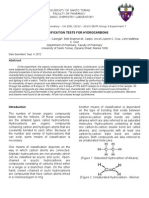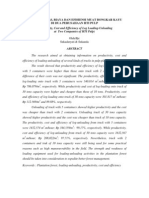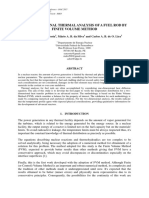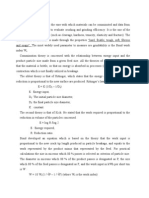0% found this document useful (0 votes)
81 views3 pagesHackerRank SQL Certification Roadmap
The document outlines a SQL certification roadmap provided by HackerRank, detailing three levels: Basic, Intermediate, and Advanced. Each level includes key topics to cover, important notes, and example SQL queries to illustrate concepts. Additionally, a 21-day practice plan is provided to help learners reinforce their skills through targeted tasks and mock tests.
Uploaded by
aicatai890Copyright
© © All Rights Reserved
We take content rights seriously. If you suspect this is your content, claim it here.
Available Formats
Download as DOCX, PDF, TXT or read online on Scribd
0% found this document useful (0 votes)
81 views3 pagesHackerRank SQL Certification Roadmap
The document outlines a SQL certification roadmap provided by HackerRank, detailing three levels: Basic, Intermediate, and Advanced. Each level includes key topics to cover, important notes, and example SQL queries to illustrate concepts. Additionally, a 21-day practice plan is provided to help learners reinforce their skills through targeted tasks and mock tests.
Uploaded by
aicatai890Copyright
© © All Rights Reserved
We take content rights seriously. If you suspect this is your content, claim it here.
Available Formats
Download as DOCX, PDF, TXT or read online on Scribd
/ 3




















































































